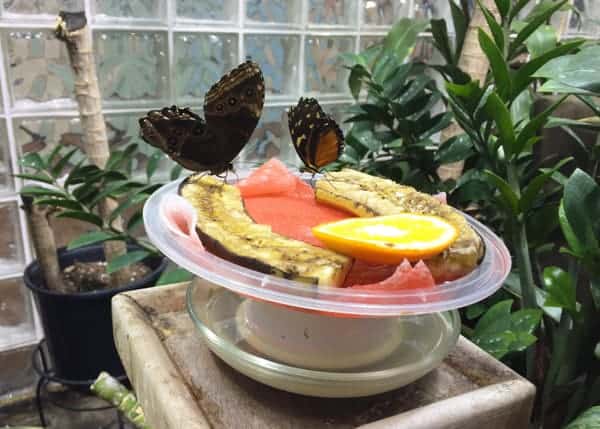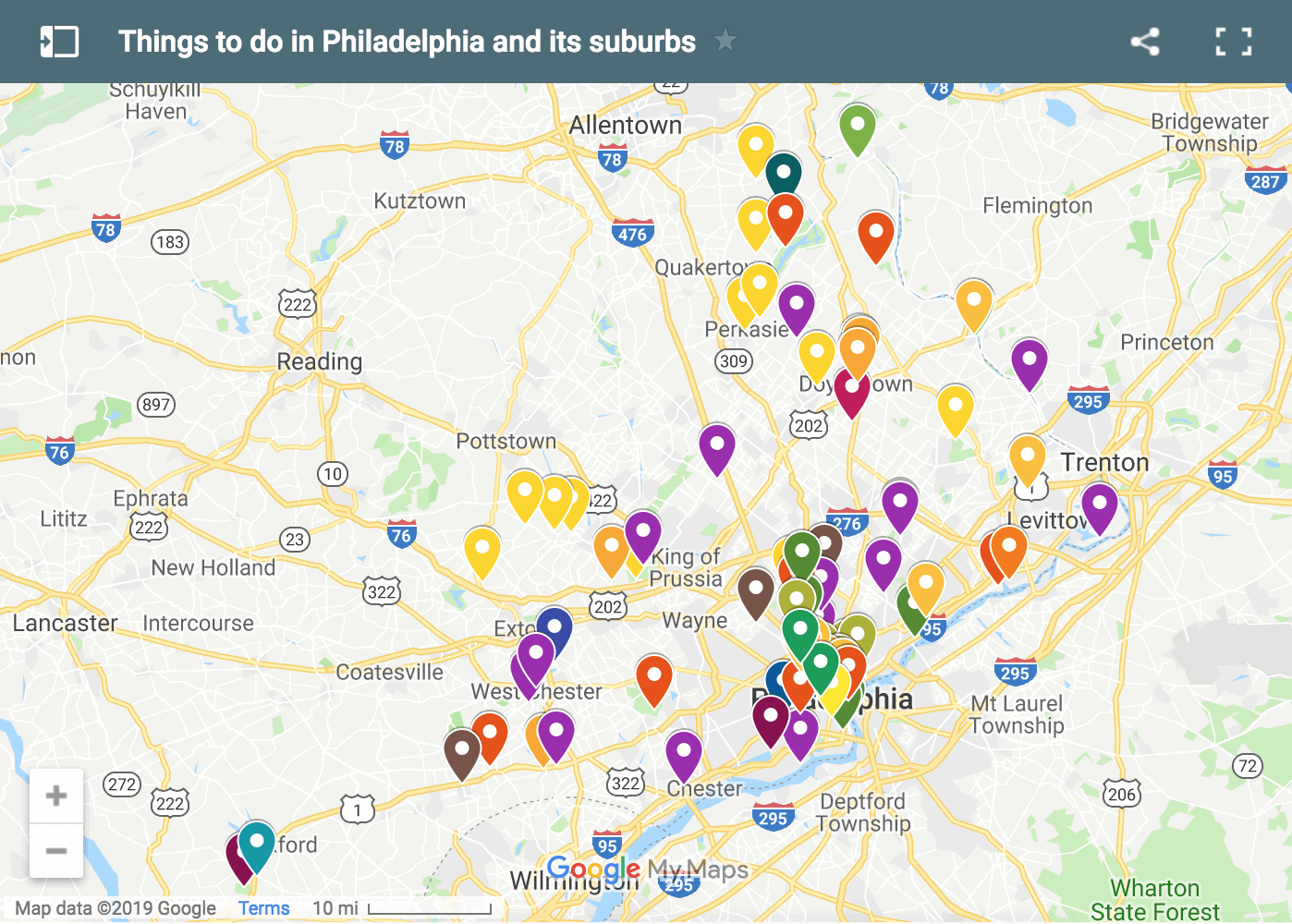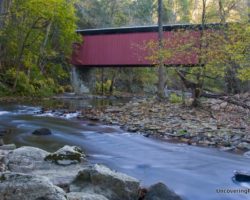Philadelphia is home to many firsts in United States history: the first library, the first hospital, the first zoo, and even the first successful Siamese twin separation. However, there is one first that many visitors to the city have never heard of: the first natural science museum.
The Academy of Natural Sciences of Drexel University was founded in 1812, making it the oldest natural science research institute and museum in the Americas. Over the past 200 years, the Academy of Natural Sciences has been at the forefront of scientific research and exploration throughout the world.
Its members have included noted natural scientists such as John James Audubon and Charles Darwin, and it is home to one of the world’s foremost collections of natural specimens, numbering into the millions.
Today, the Academy still sends scientists out on expeditions to far-flung corners of the world in search of natural specimens to add to their collection. The Academy of Natural Sciences has been open to the public since 1828 and in their current building since 1876.
This building is located on Logan Circle, somewhat overshadowed in exterior grandeur by the Franklin Institute and the Cathedral Basilica of Saints Peter and Paul. However, those visitors that make their way inside to see the Academy’s museum, are greeted with one of the country’s best natural science museums.

To be perfectly honest, visiting the Academy of Natural Sciences had never been high on my list for my trips to Philadelphia. However, when I was invited to visit, I decided that I’d take the time to check it out. I’m not entirely sure why I hadn’t given much thought to visiting this museum in the past, but I can say that I am glad that I finally visited this incredible museum.
Generally speaking, the museum can be broken up into three distinct parts: dinosaurs, modern animals, and research library. The Academy of Natural Sciences is also home to a temporary exhibition area that features traveling exhibits for an additional cost.
In addition to the admissions desk and a gift shop, the first floor of the museum features a portion of the Academy’s dinosaur collection. The most noticeable aspect of the room is the giant Tyrannosaurus rex fossil staring down at you.
I was slightly disappointed to note that this fossil, like most of the others on display, is a cast. However, I was told that these casts represent real bones in the museum’s collection. Knowing that the real bones were nearby, even if not on display for preservation reason, made the casts a bit less disappointing.

Throughout the dinosaur exhibit, the Academy of Natural Sciences has excellent signage that discusses many aspects of dinosaur research. If you want to learn more, visit the Fossil Prep Lab, where workers can be found delicately preparing recent fossil finds for study and display.
Kids will also enjoy The Big Dig, where they can search for fossils in a recreated dig site.
The Academy of Natural Sciences has a long history of fossil collecting and preservation and was home to the first mounted dinosaur fossil in the world (a Hadrosaurus that was found in New Jersey and put on display in 1868). The academy still actively searches for fossils, with a focus right now on Bighorn Basin in Montana.
The museum’s second section, located on all three of the museum’s floors, focuses on modern animals. Here, a mixture of live and taxidermied animals showcase some of the many animals that you can still see in the wild in various parts of the world.
Many people are attracted to the dioramas depicting animals in various natural-looking scenes. While it might not have the appeal of seeing the real animals in a zoo, the ability to see a natural-looking scene and the animals up close adds an interesting element that you typically can’t get in a zoo.
The dioramas in the museum range from well-known North American animals, to exotic animals from Asia and Africa. Despite most of these dioramas being designed in the 1930s and 1940s, they’ve held up surprisingly well to modern style.

Not all of the modern animals at the museum are dead, however. The second floor of the Academy of Natural Sciences features an indoor, year-round butterfly garden.
This room is kept hot and humid to ensure the survival of the up to 100 butterflies that flutter through the garden on a daily basis. Visitors can not only see live butterflies, but can also see the cocoons of caterpillars as they turn into butterflies.
On the museum’s third floor is an interactive area known as Outside In. While it is designed for kids, the ability to see animals up close makes this an interesting stop for adults as well. Here, small animals such as turtles, spiders, and snakes live in cages, and, from time to time, are taken out of their cages for closer examination.

The third part of the Academy of Natural Sciences is their large research library. The library features more than 250,000 works from the 1500s until the present and is one of the best natural science research libraries in the country.
While much of the library might not interest the casual visitor to the museum, stopping by for the 3pm Audubon Page Turning is a must. This large and rare book, known as “The Birds of America” measures 39 inches by 26 inches and features life-size illustrations by the famed ornithologist made between 1827 and 1838.
Each day, a new page is turned and a staff member is on hand to discuss the new bird featured in the book. Should you not be able to make it for the page turning, a stop in the library to see this book is still a highlight of any trip to the Academy.

Overall, I’d highly recommend a visit to the Academy of Natural Sciences of Drexel University to any animal or science lover visiting Philly. The museum’s amazing collection and history of scientific study and exploration make this one of the most special museums in the city and it’s certainly one of the best things to do with kids in Philadelphia.
If possible, I’d recommend visiting on a weekday, as opposed to a weekend. Not only are the crowds lighter, but some of their activities, such as the Audubon Page Turning and live animal shows, are only offered during the week. However, even if you can only visit on the weekend, make sure to add a stop at the Academy of Natural Sciences to your Philadelphia to-do list.
Note: My visit to the Academy of Natural Sciences of Drexel University was hosted by the museum. However, the opinions expressed are my own.
Looking for more places to visit nearby? Check out the Franklin Institute, the Mütter Museum, the Cathedral Basilica, and the Please Touch Museum.





 "
"



